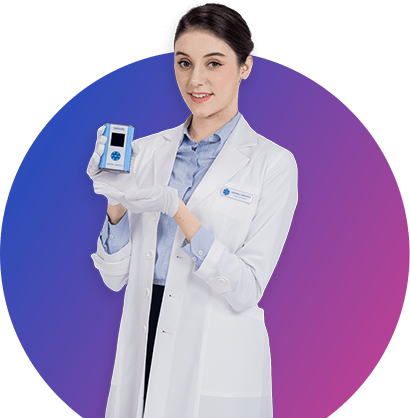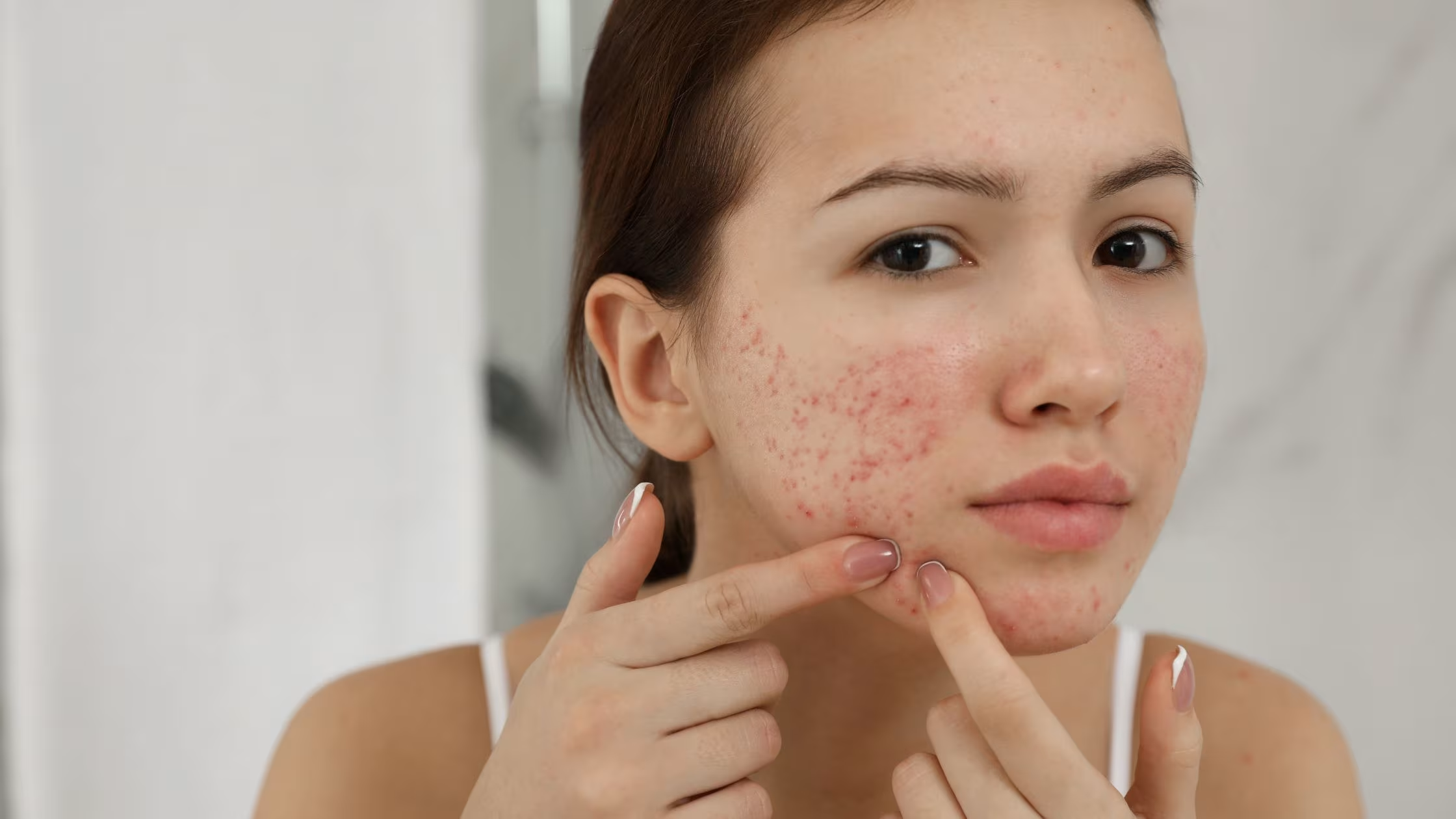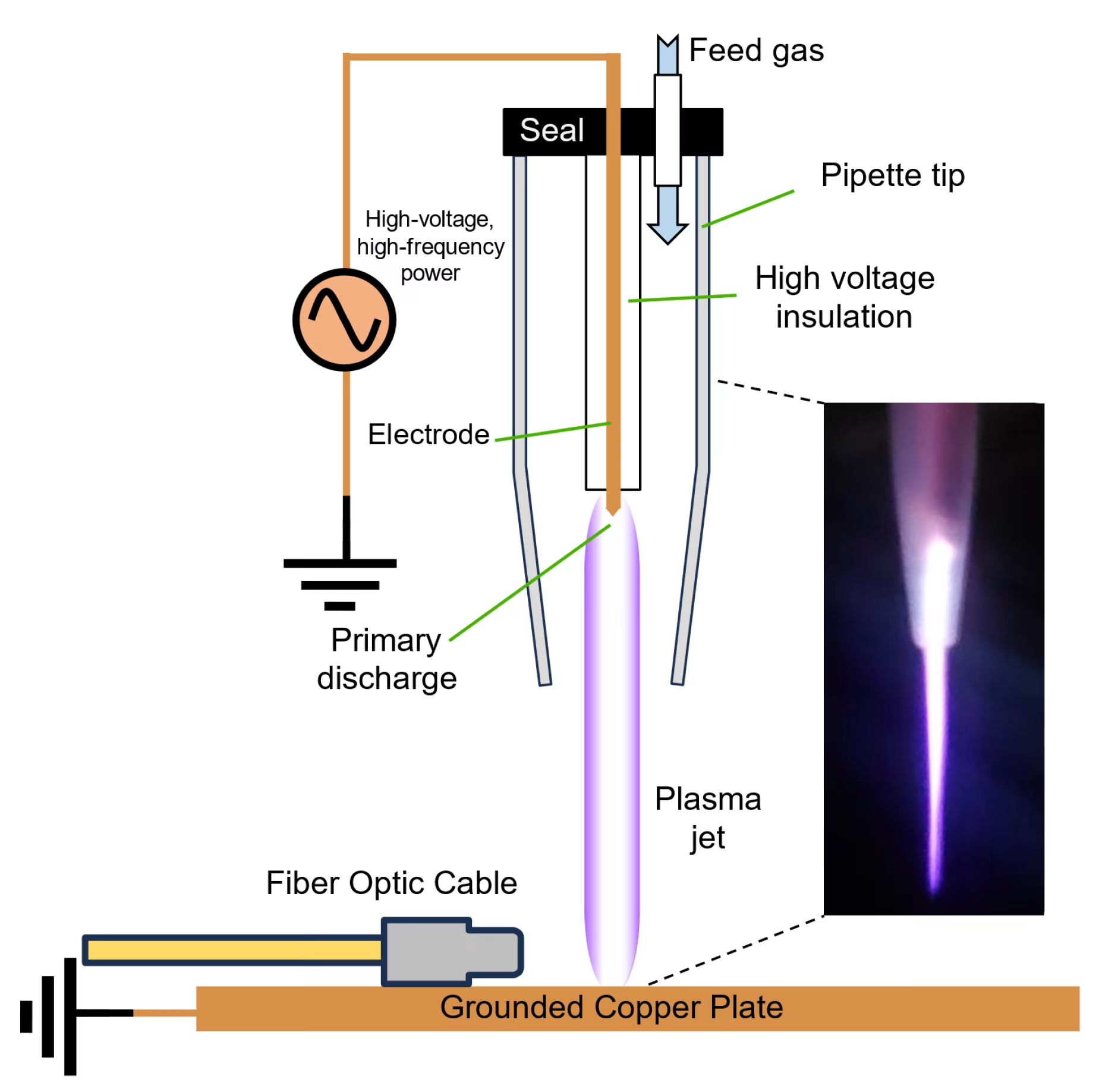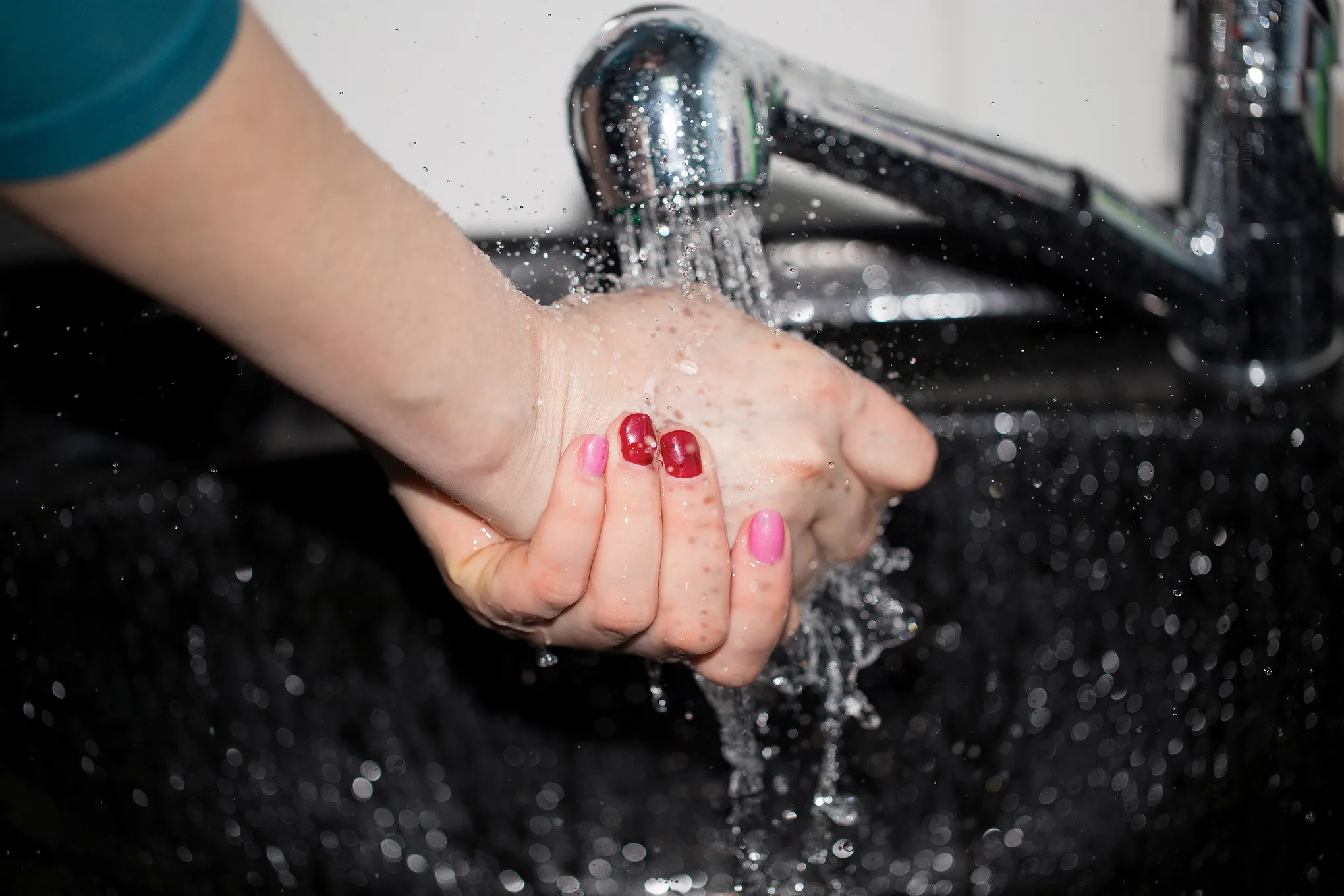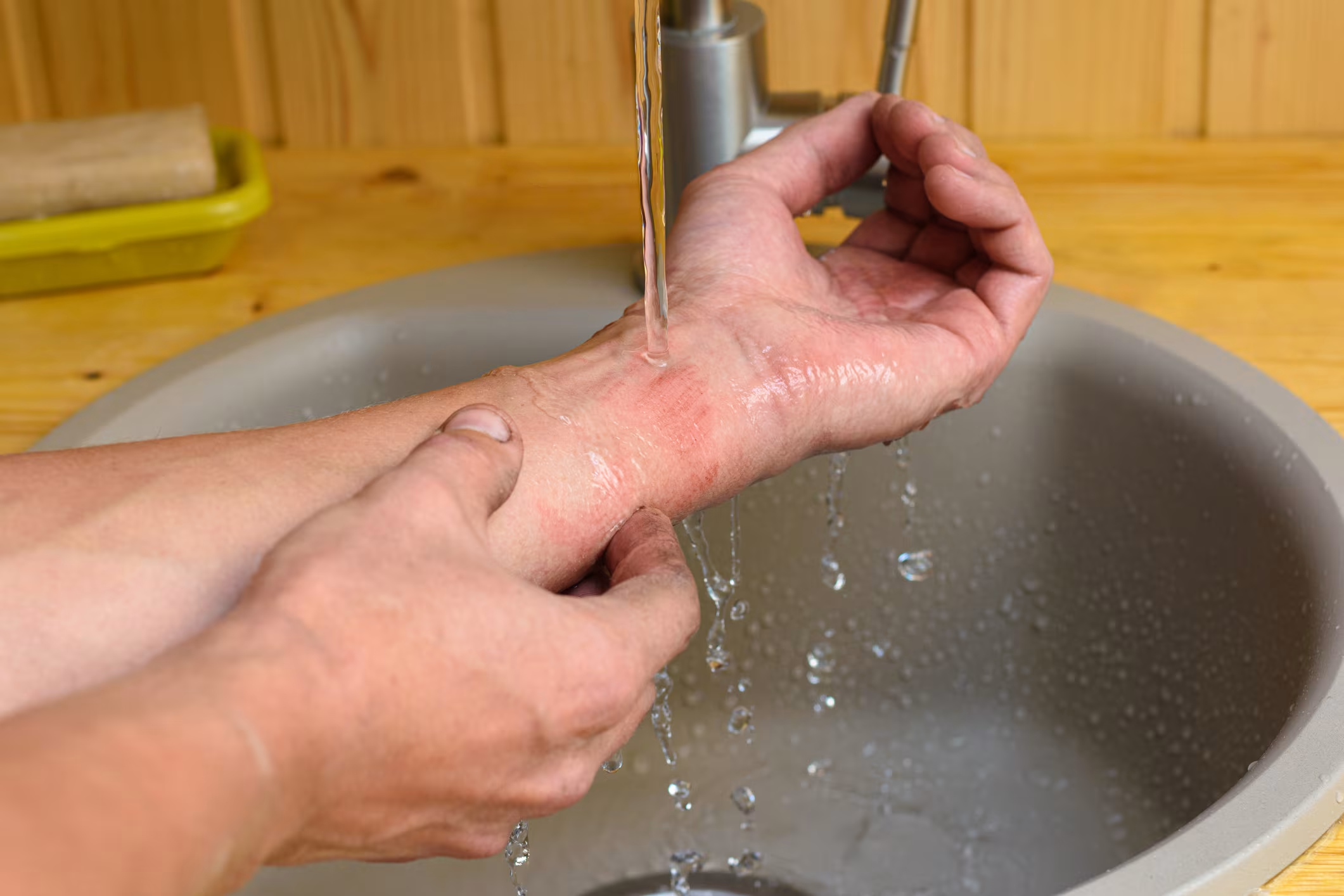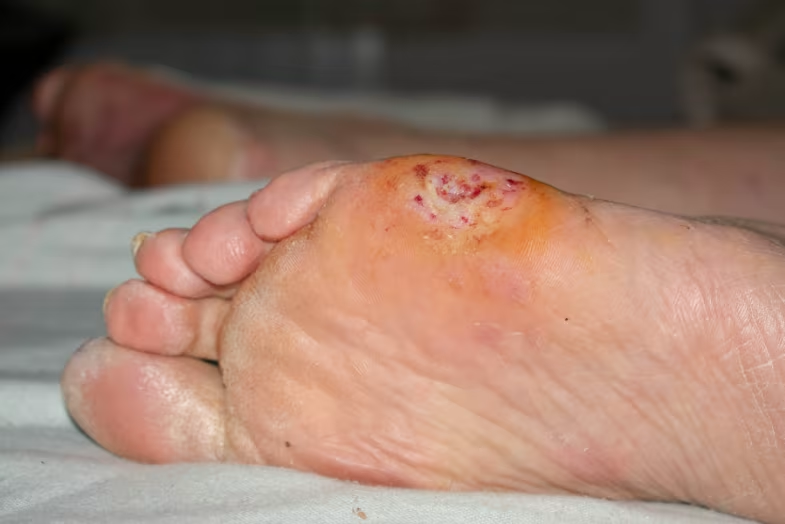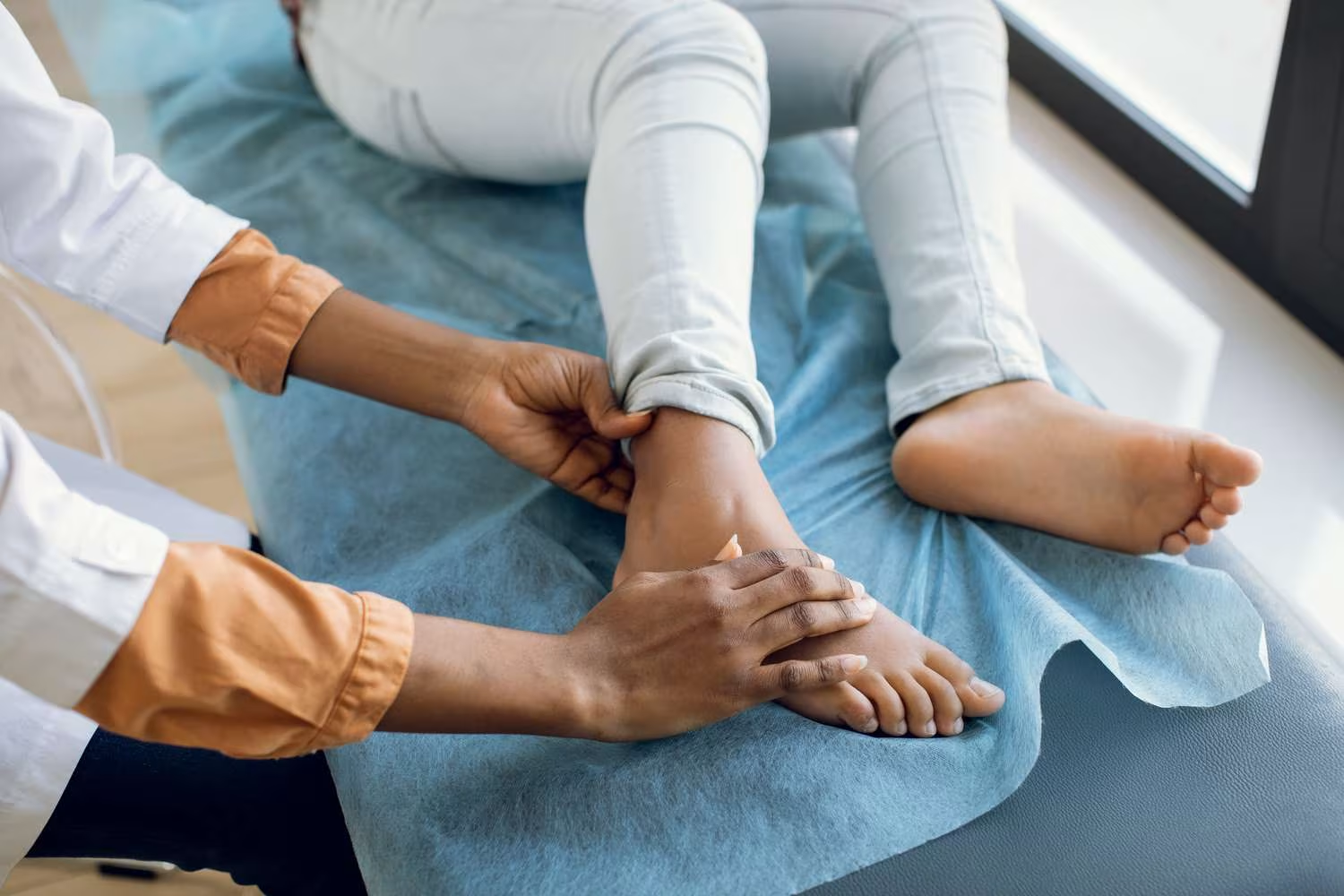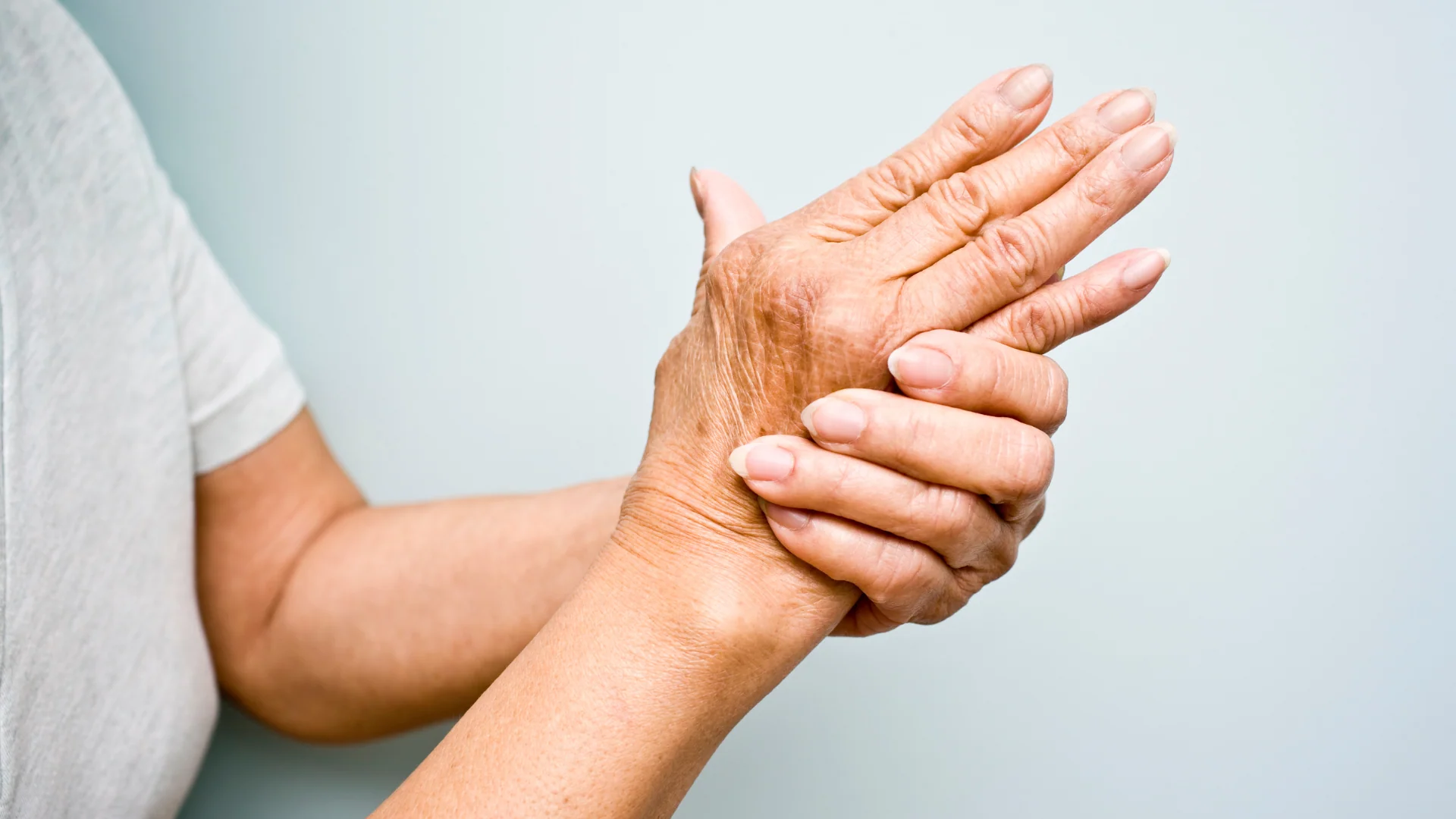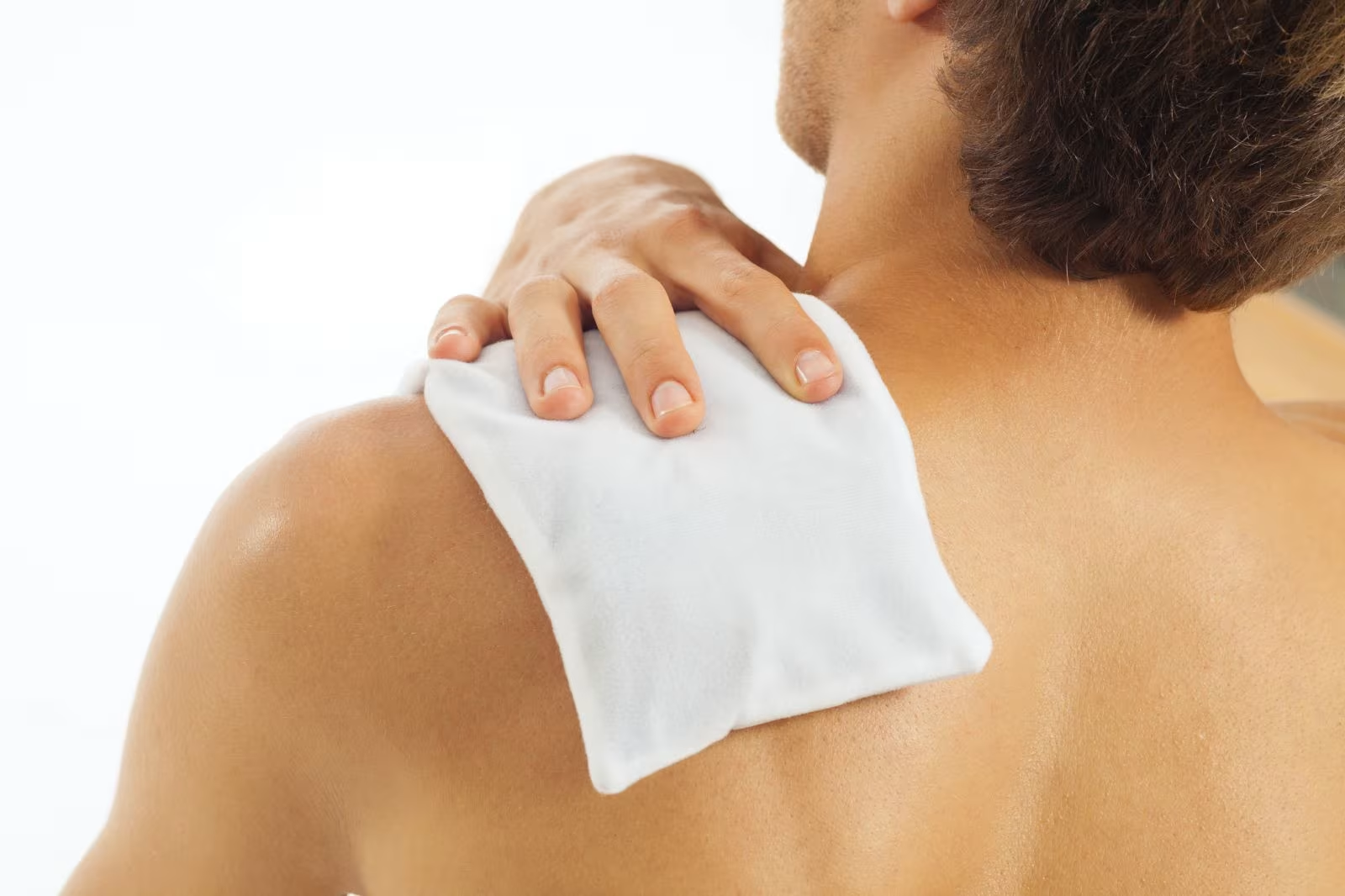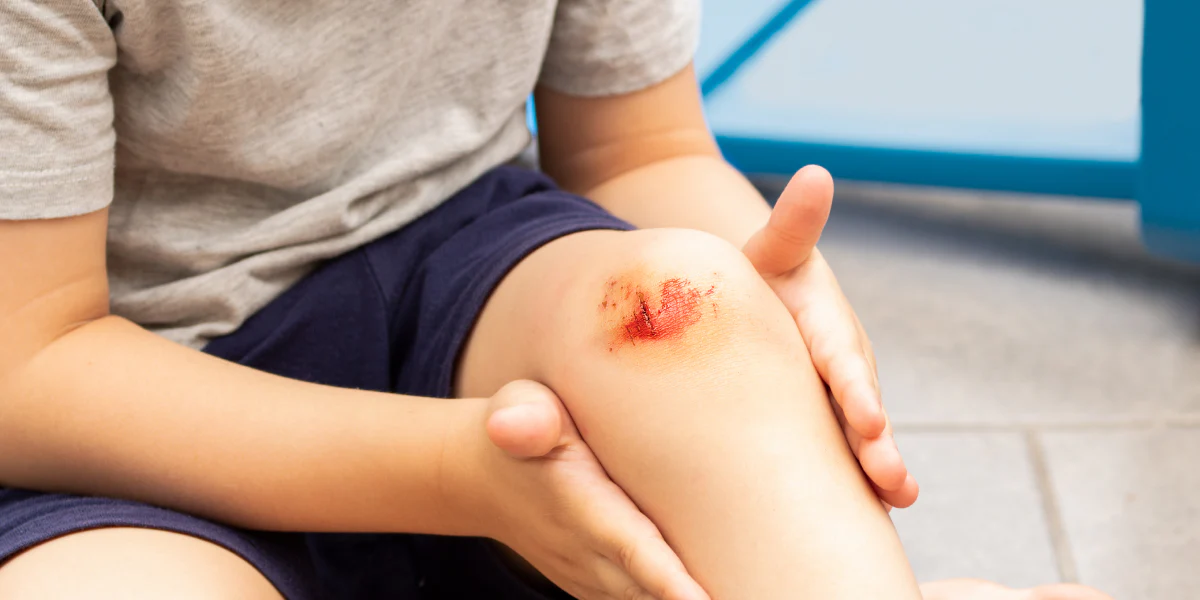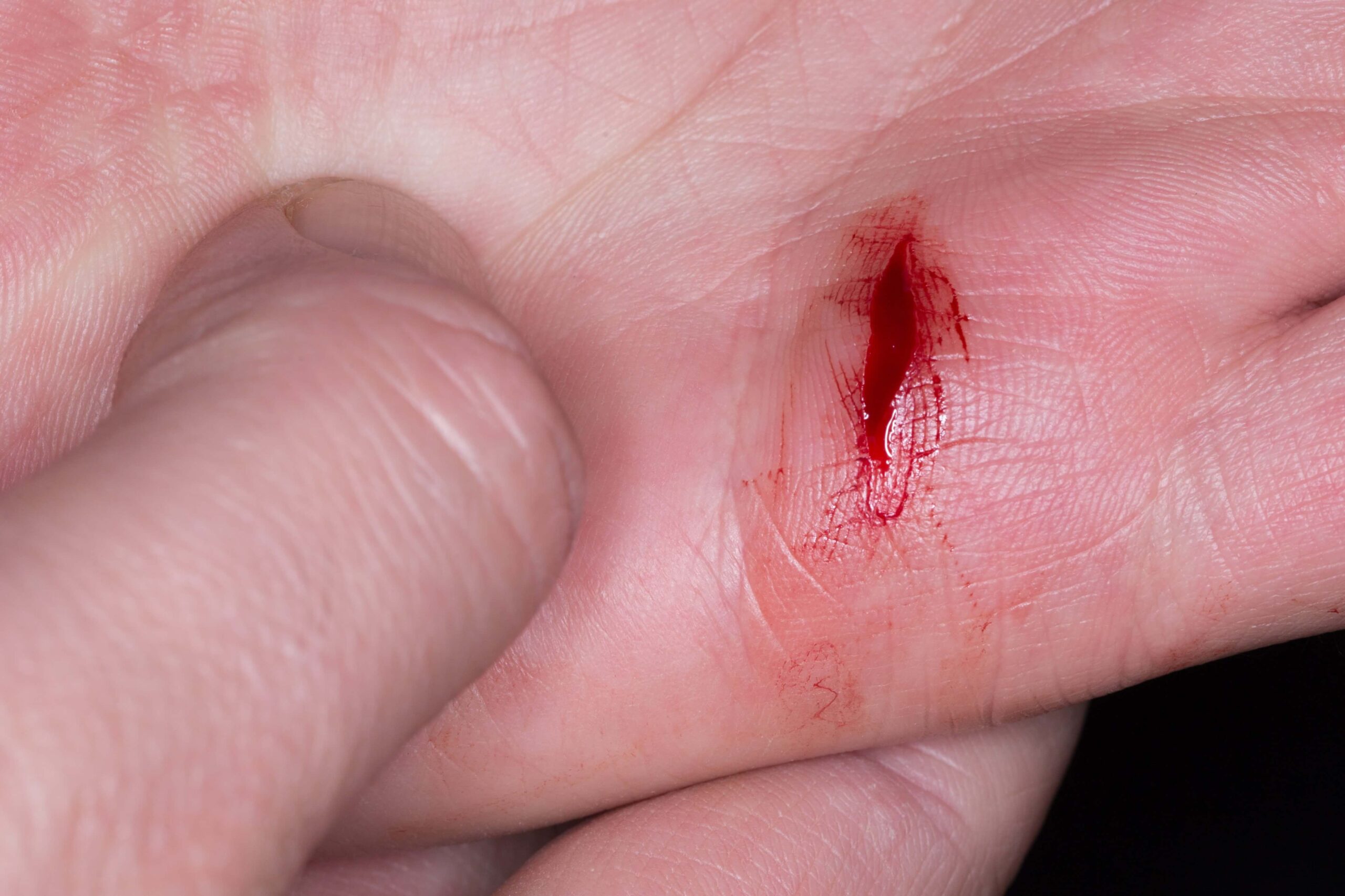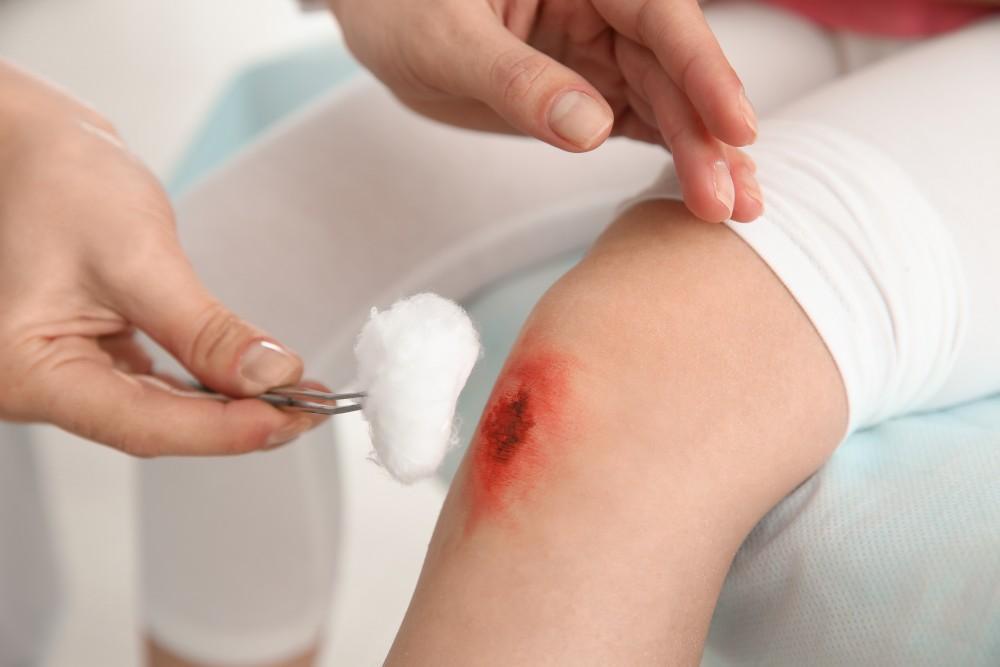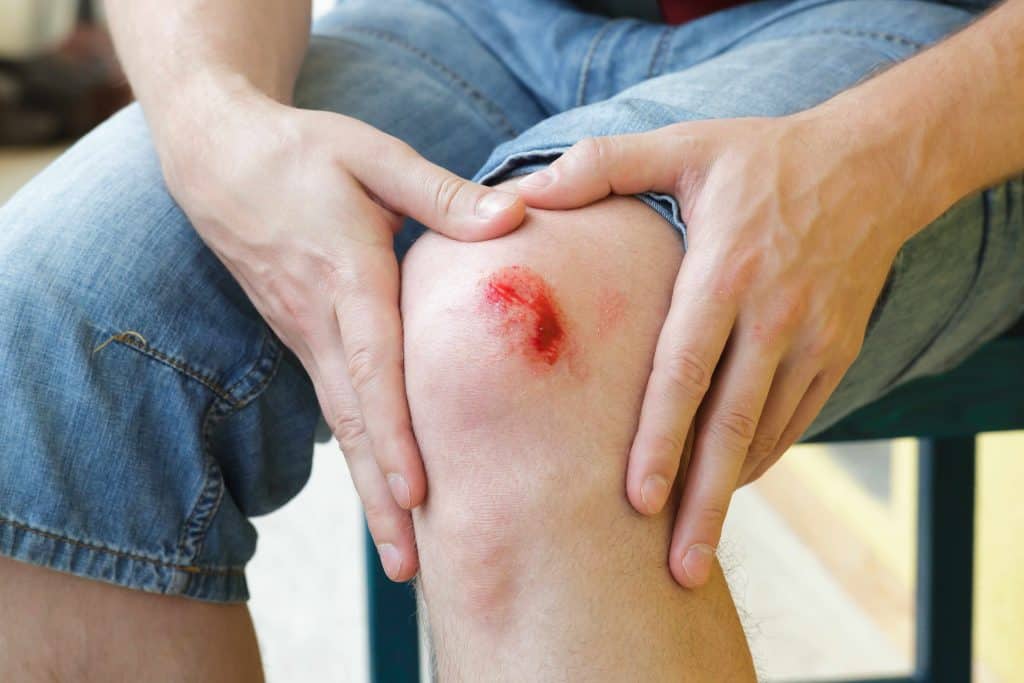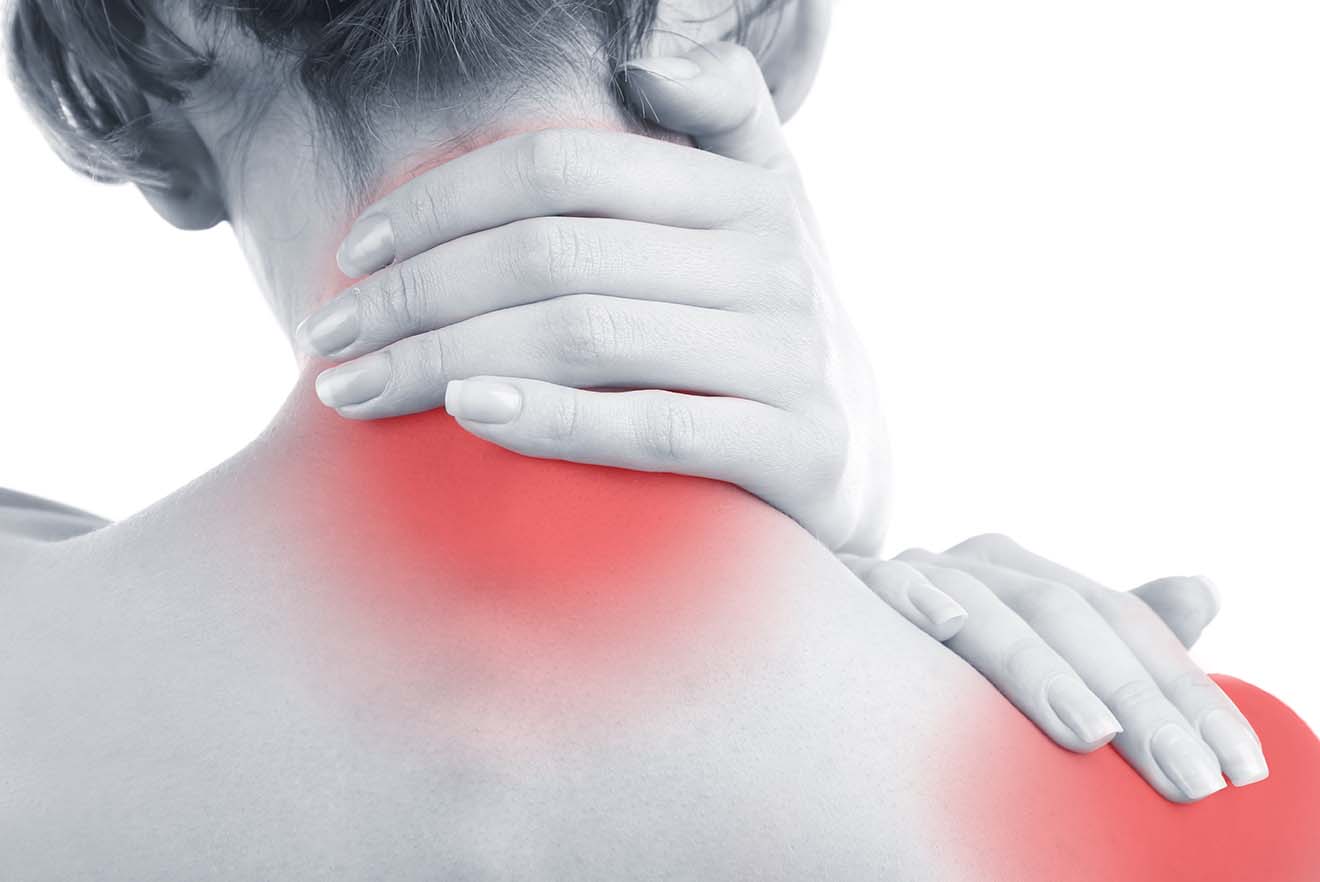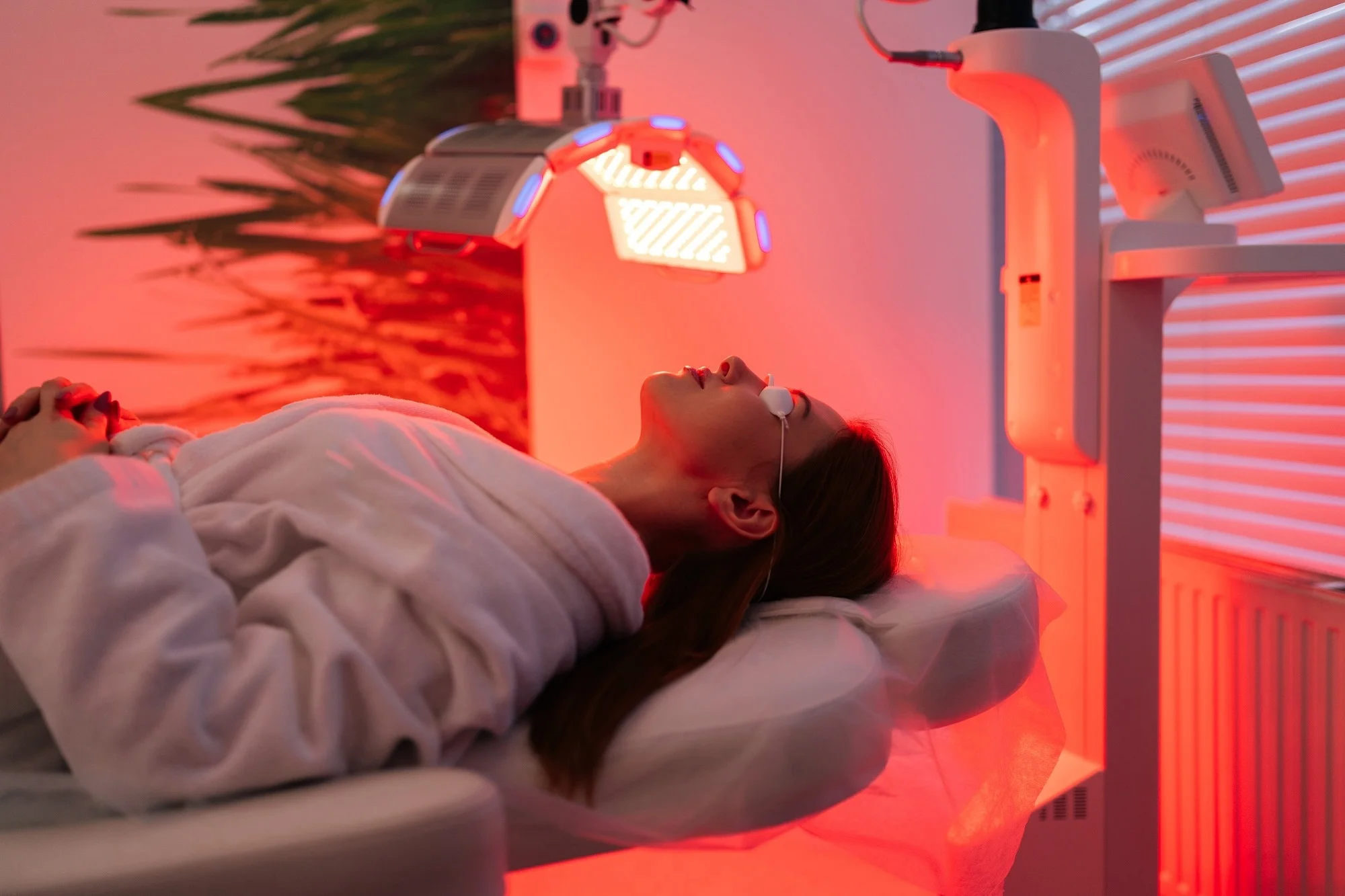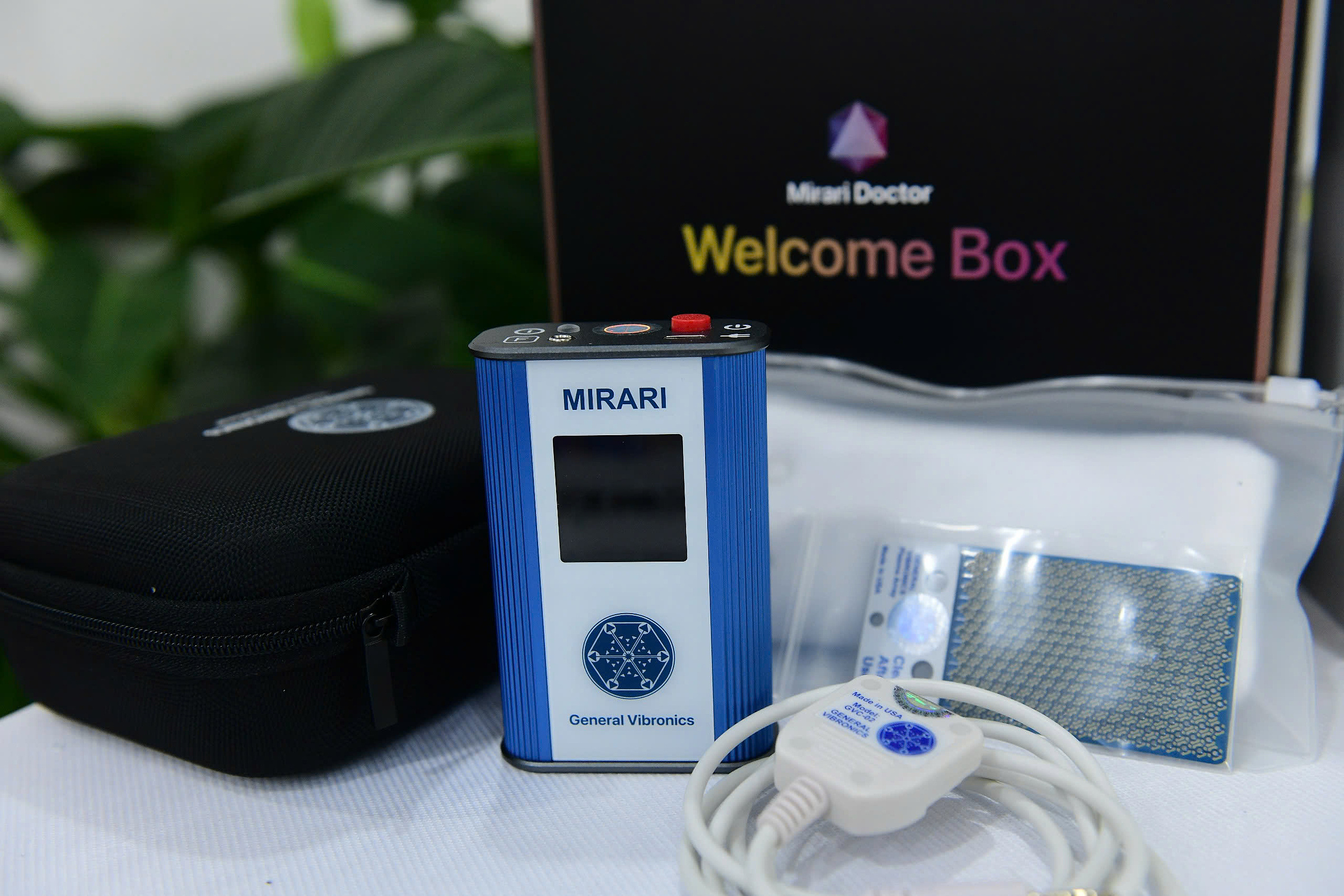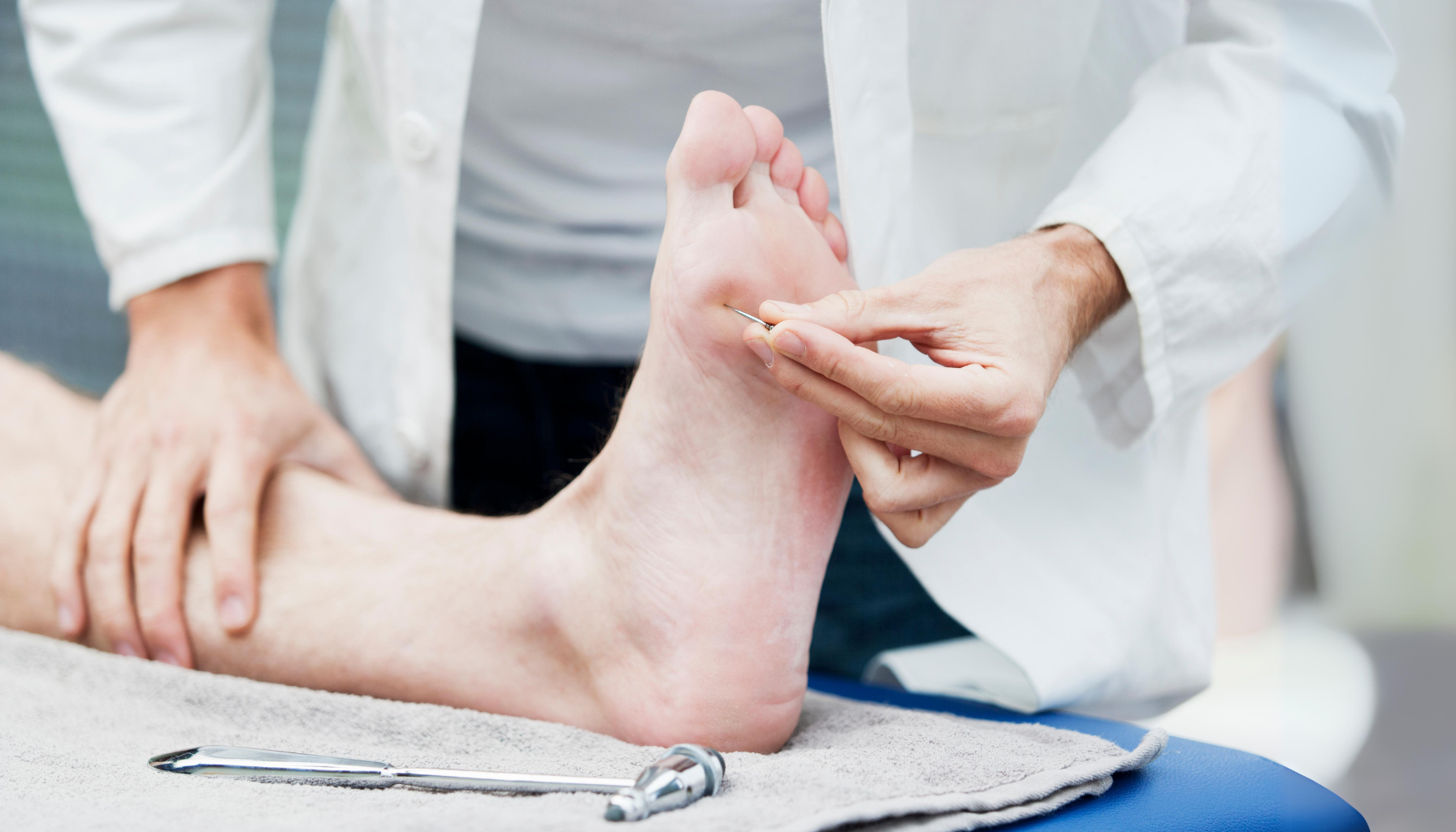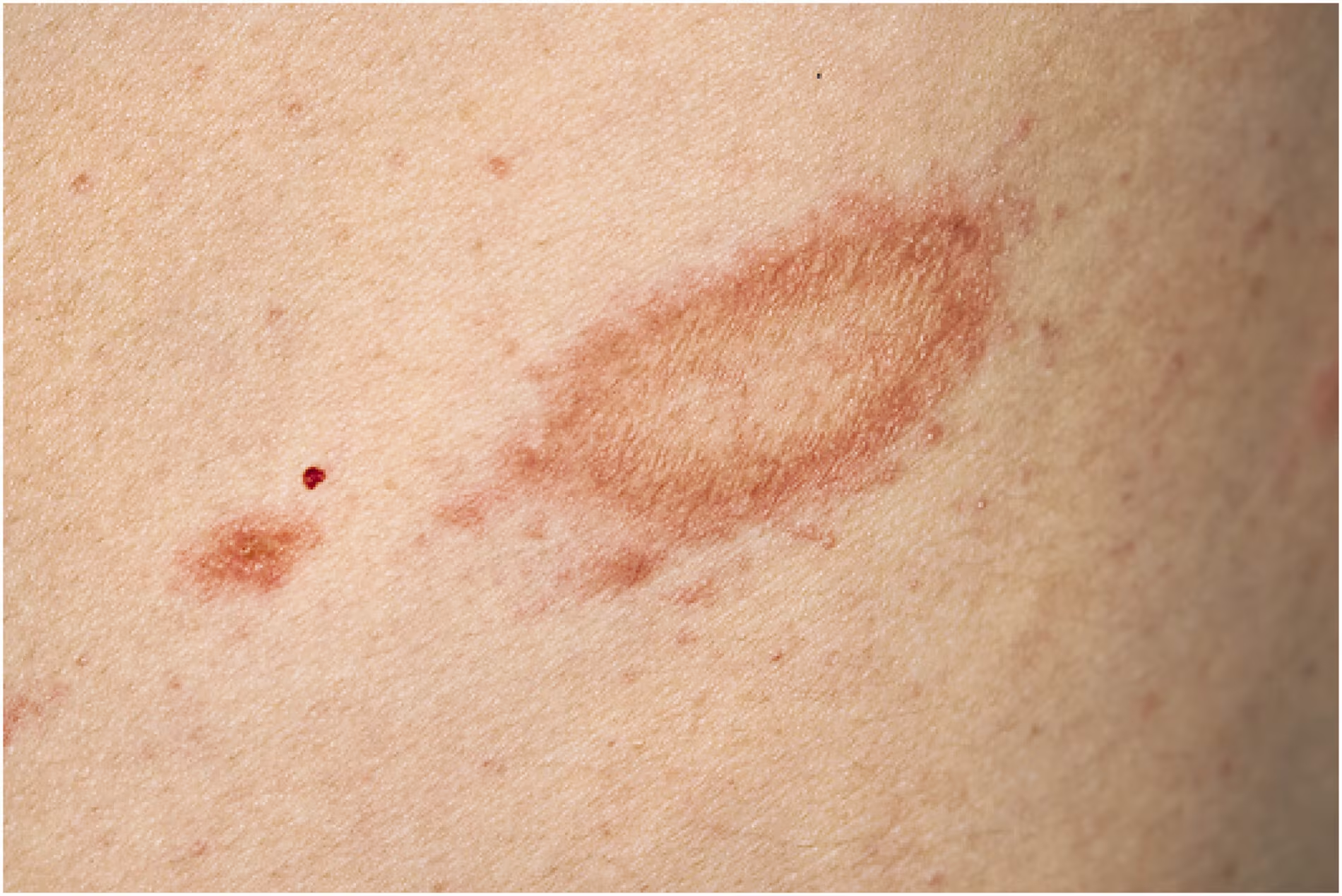
Can cold plasma help pityriasis rosea?Yes, emerging research suggests cold atmospheric plasma therapy shows promising results for treating this common skin condition[1]. While pityriasis rosea typically resolves on its own within 4-8 weeks, patients with extensive eruptions and severe itching can benefit from advanced phototherapy treatments[2]. Cold plasma technology represents an innovative approach that may accelerate healing and reduce symptoms more effectively than traditional methods.
Pityriasis rosea affects thousands of people annually, causing distinctive scaly patches that spread across the trunk and limbs. Understanding howcold plasma therapyworks for this condition helps patients make informed treatment decisions.
Understanding Pityriasis Rosea Fundamentals
What Is Pityriasis Rosea?
Pityriasis roseais an acute, self-limiting papulosquamous skin disorder characterized by a distinctive rash pattern[1]. The condition typically begins with aherald patch– a large, scaly lesion usually appearing on the trunk.
Within 1-2 weeks, smallersecondary lesionsdevelop following the natural skin tension lines, creating a characteristic “Christmas tree” pattern on the back[7].
Key clinical features include:
- Pink to salmon-colored oval patches
- Fine scaling around lesion borders
- Mild to severe itching in 75% of cases
- Typical duration of 6-8 weeks without treatment[3]
Causes and Risk Factors
The exactetiology of pityriasis rosearemains unclear, though viral triggers are strongly suspected[2]. Research indicates potential associations with:
Viral infections:
- Human herpesvirus 6 and 7 (HHV-6, HHV-7)
- Epstein-Barr virus
- Cytomegalovirus
- Parvovirus B19[4]
Environmental triggers:
- Recent vaccination (BCG, H1N1, COVID-19)
- Seasonal changes (more common in spring/autumn)
- Stress and immune system fluctuations[2]
Traditional Treatment Approaches for Pityriasis Rosea
Conventional Management Options
Mostpityriasis rosea treatmentfocuses on symptom relief rather than cure, since the condition typically resolves spontaneously[7].
Topical treatments include:
- Calamine lotion for itch relief
- Mild topical corticosteroids
- Zinc oxide preparations
- Moisturizing lotions[3]
Oral medications:
- Antihistamines for pruritus control
- Oral corticosteroids for severe cases
- Acyclovir (limited evidence)[5]
Phototherapy for Pityriasis Rosea
UV phototherapyhas shown effectiveness in reducing disease duration and severity[1]. Traditional approaches include:
UVB phototherapy:
- Reduces lesion severity
- Decreases treatment duration
- Minimal side effects
- Requires multiple clinic visits[6]
UVA1 phototherapy:
- Low-dose treatments (10-30 J/cm²)
- Penetrates deeper skin layers
- Targets inflammatory T-cells
- Excellent tolerability profile[1]
Cold Plasma Technology for Skin Conditions
How Cold Atmospheric Plasma Works
Cold atmospheric plasmarepresents a breakthrough in dermatological treatment[8]. This technology generates ionized gas at room temperature, producing therapeutic effects without thermal damage.
Mechanism of action:
- Creates reactive oxygen species (ROS)
- Generates nitric oxide (NO)
- Produces UV photons
- Induces controlled cellular responses[9]
Benefits for Inflammatory Skin Conditions
Cold plasma therapy offers unique advantages for treatingpapulosquamous disorderslike pityriasis rosea:
Anti-inflammatory effects:
- Modulates immune cell activity
- Reduces pro-inflammatory cytokines
- Promotes tissue healing
- Minimizes oxidative stress[10]
Antimicrobial properties:
- Eliminates surface bacteria
- Reduces secondary infection risk
- Maintains sterile treatment environment[11]
Cold Plasma vs Traditional Pityriasis Rosea Treatments
| Treatment Method | Mechanism | Session Duration | Side Effects | Effectiveness |
|---|---|---|---|---|
| Cold Plasma[12] | ROS/NO generation | 10-15 minutes | Minimal | High potential |
| UVA1 Phototherapy[1] | T-cell apoptosis | 15-20 minutes | Mild tanning | Proven effective |
| UVB Therapy[6] | DNA synthesis inhibition | 5-10 minutes | Erythema risk | Moderately effective |
| Topical Steroids[3] | Anti-inflammatory | Daily application | Skin atrophy risk | Limited benefit |
Advantages of Cold Plasma Treatment
Cold plasma therapyoffers several benefits over conventional approaches:
Enhanced safety profile:
- No thermal tissue damage
- Reduced systemic exposure
- Minimal contraindications
- Suitable for sensitive patients[13]
Improved treatment outcomes:
- Faster symptom resolution
- Reduced inflammation
- Enhanced tissue regeneration
- Lower recurrence rates[14]
Advanced Cold Plasma Devices for Dermatology
Mirari Cold Plasma System
TheMirari Cold Plasmadevice, developed by General Vibronics and commercialized by Mirari Doctor, represents cutting-edge technology in dermatological care. This system utilizesnitric oxide-based plasmageneration rather than traditional ROS-focused approaches[15].
Key technological features:
- Controlled NO delivery
- Precise temperature regulation
- Safety monitoring systems
- Professional-grade reliability
Available through specialized providers like miraridoctor.com, this technology offers new possibilities for treating inflammatory skin conditions including pityriasis rosea[16].
Clinical Applications and Results
Cold plasma effectivenessin dermatology continues expanding through ongoing research:
- Accelerated wound healing
- Reduced bacterial colonization
- Enhanced cellular proliferation
- Improved patient comfort[17]
Treatment Protocols and Patient Selection
Ideal Candidates for Cold Plasma Therapy
Patient selection criteriafor cold plasma treatment include:
Primary indications:
- Extensive pityriasis rosea lesions
- Severe pruritus unresponsive to conventional therapy
- Rapid progression or atypical presentation
- Patient preference for advanced treatment[18]
Contraindications:
- Pregnancy
- Active skin infections
- Photosensitive conditions
- Implanted electronic devices[19]
Treatment Protocol Recommendations
Optimal treatment schedulesfor pityriasis rosea typically involve:
Session frequency:
- 2-3 treatments per week
- 4-8 total sessions
- Duration based on response
- Follow-up assessment at 2 weeks[20]
Cold Plasma Technical Specifications
| Parameter | Specification | Clinical Benefit | Safety Margin |
|---|---|---|---|
| Temperature[12] | 37-40°C | No thermal damage | High |
| Treatment Time | 5-15 minutes | Patient comfort | Excellent |
| Power Output | 2-5 Watts | Controlled delivery | Optimal |
| Gas Composition | Argon/Helium mix | Stable plasma | Predictable |
| Frequency Range | 13.56 MHz | Tissue penetration | Well-tolerated |
Safety Considerations
Cold plasma safetyprofiles show excellent tolerability:
- No reported serious adverse events
- Minimal skin irritation
- Rare hyperpigmentation
- Excellent patient acceptance[21]
Clinical Evidence for Pityriasis Rosea Treatment
Research Outcomes
While specificcold plasma studiesfor pityriasis rosea remain limited, related phototherapy research provides encouraging insights[1].
UVA1 phototherapy results:
- 93% improvement in lesion severity scores
- Significant pruritus reduction in 80% of patients
- No serious adverse effects
- Sustained improvement at 3-month follow-up[1]
Comparative Effectiveness
Treatment comparison studiesdemonstrate phototherapy superiority over topical treatments alone:
- 50% faster resolution with UV therapy
- Greater patient satisfaction scores
- Reduced symptom severity
- Lower treatment discontinuation rates[4]
Five Essential Questions About Cold Plasma for Pityriasis Rosea
How does cold plasma compare to UV phototherapy for pityriasis rosea?
Cold plasma offers several advantagesover traditional UV treatments[22]. While UVA1 phototherapy shows proven effectiveness with 93% improvement rates, cold plasma provides additional benefits including antimicrobial effects, enhanced tissue regeneration, and no UV radiation exposure risks[1].
Is cold plasma treatment safe for sensitive skin patients?
Yes, cold plasma demonstrates excellent safetyfor sensitive skin conditions[13]. The technology operates at body temperature, eliminating thermal damage risks. Unlike UV treatments that may cause erythema or hyperpigmentation, cold plasma typically produces minimal side effects, making it suitable for patients with photosensitive skin[23].
How many cold plasma sessions are needed for pityriasis rosea?
Treatment duration typically ranges from 4-8 sessionsover 2-4 weeks[20]. Session frequency of 2-3 times weekly shows optimal results. Advanced systems like the Mirari Cold Plasma available through miraridoctor.com allow for precise treatment customization based on individual patient response and disease severity[16].
What makes cold plasma more effective than topical treatments?
Cold plasma addresses multiple pathogenic mechanismssimultaneously[10]. While topical treatments only provide surface-level symptom relief, cold plasma penetrates deeper tissue layers, modulates immune responses, eliminates potential bacterial triggers, and promotes accelerated healing through controlled cellular stimulation[14].
Can cold plasma prevent pityriasis rosea recurrence?
Early evidence suggests reduced recurrence rateswith advanced plasma therapies[14]. By addressing underlying inflammatory processes and potential viral triggers more comprehensively than conventional treatments, cold plasma may provide longer-lasting therapeutic benefits. However, more long-term studies are needed to confirm preventive effects[24].
Future Directions and Research Opportunities
Emerging Treatment Protocols
Cold plasma researchcontinues expanding into new dermatological applications:
- Combination therapy approaches
- Personalized treatment protocols
- Enhanced delivery systems
- Biomarker-guided treatments[25]
Clinical Trial Developments
Ongoing studiesinvestigate cold plasma effectiveness for various inflammatory skin conditions, including specific pityriasis rosea protocols[26].
Research priorities include:
- Optimal treatment parameters
- Long-term safety assessment
- Cost-effectiveness analysis
- Patient-reported outcomes[27]
Lifestyle Recommendations During Treatment
Supporting Cold Plasma Therapy
Complementary care measuresenhance treatment effectiveness:
Skin care guidelines:
- Use lukewarm water for bathing
- Apply gentle, fragrance-free moisturizers
- Wear loose, breathable cotton clothing
- Avoid excessive heat exposure[5]
Dietary considerations:
- Maintain adequate hydration
- Include anti-inflammatory foods
- Support immune system function
- Consider vitamin D supplementation[28]
Monitoring Treatment Progress
Regular assessment protocolsensure optimal outcomes:
- Weekly symptom scoring
- Photographic documentation
- Pruritus intensity tracking
- Quality of life measurements[29]
Professional Treatment Recommendations
Cold plasma therapy represents apromising advancementin pityriasis rosea treatment. While traditional approaches focus primarily on symptom management, cold atmospheric plasma addresses multiple pathogenic mechanisms simultaneously.
Key advantages include:
- Enhanced safety profile compared to UV therapy
- Faster symptom resolution than topical treatments
- Antimicrobial effects reducing secondary complications
- Excellent patient tolerance and satisfaction[30]
Patients considering cold plasma treatment should consult qualified dermatologists familiar with this technology. Advanced systems available through specialized providers offer the most comprehensive treatment options for optimal outcomes.
Can cold plasma help pityriasis rosea?The evidence strongly suggests yes, particularly for patients with extensive disease or inadequate response to conventional therapy. As research continues, cold plasma may become a standard treatment option for this common but challenging skin condition.
References
- Lim, S.H., et al. (2009). Low-dose Ultraviolet A1 Phototherapy for Treating Pityriasis Rosea.//pmc.ncbi.nlm.nih.gov/articles/PMC2861245/
- DermNet NZ. (2025). Pityriasis rosea.//dermnetnz.org/topics/pityriasis-rosea
- MedicineNet. (2024). Pityriasis Rosea: Causes, Symptoms, Stages, & Treatment.//www.medicinenet.com/pityriasis_rosea/article.htm
- Dąbrowska, N. (2024). Pityriasis rosea: a distinct entity or viral exanthem?//www.termedia.pl/Pityriasis-rosea-a-distinct-entity-or-viral-exanthem-,56,54777,1,1.html
- Apollo Hospitals. (2025). Pityriasis Rosea: Causes, Symptoms, Diagnosis and Treatment.//www.apollohospitals.com/diseases-and-conditions/pityriasis-rosea-causes-symptoms-diagnosis-and-treatment
- Green, M. (2024). Pityriasis Rosea Treatment NYC.//www.michelegreenmd.com/medical/pityriasis-rosea-treatment
- Youngquist, S. (2001). It’s beginning to look a lot like Christmas.//pmc.ncbi.nlm.nih.gov/articles/PMC1071560/
- Farber Dermatology. (2024). Pityriasis Rosea Treatment Philadelphia & Main Line, PA.//farberdermatology.com/medical-dermatology/pityriasis-rosea/
- Clear Skin Clinic. (2019). Pityriasis Rosea Tips.//www.clearskin.london/skin-conditions/pityriasis-rosea/tips/
- Medscape. (2022). Pityriasis Rosea Workup: Laboratory Studies, Skin Biopsy.//emedicine.medscape.com/article/1107532-workup
- Journal of Clinical Medicine. (2023). Cold Atmospheric Plasma in Dermatology: Applications and Mechanisms.//www.mdpi.com/journal/jcm
- International Journal of Molecular Sciences. (2024). Cold Plasma Technology in Medicine.//www.mdpi.com/journal/ijms
- Dermatology Research and Practice. (2023). Safety Profile of Cold Atmospheric Plasma.//www.hindawi.com/journals/drp/
- Plasma Medicine. (2024). Clinical Applications of Cold Atmospheric Plasma.//www.begellhouse.com/journals/plasma-medicine
- General Vibronics. (2024). MIRARI Cold Plasma System Technical Specifications.//generalvibronics.com
- Mirari Doctor. (2024). Cold Plasma Therapy for Skin Conditions.//miraridoctor.com
- Frontiers in Physics. (2023). Biomedical Applications of Cold Atmospheric Plasma.//www.frontiersin.org/journals/physics
- American Academy of Dermatology. (2024). Phototherapy Guidelines.//www.aad.org
- FDA. (2024). Medical Device Safety Communications.//www.fda.gov
- Clinical Plasma Medicine. (2023). Treatment Protocols for Dermatological Applications.//www.clinicalplasmamedicine.com
- Journal of Dermatological Treatment. (2024). Safety Assessment of Cold Plasma Therapy.//www.tandfonline.com/journals/ijdt20
- Photodermatology Reviews. (2023). Comparative Effectiveness of Light-Based Therapies.//www.photodermatologyjournal.com
- Sensitive Skin Research. (2024). Cold Plasma Safety in Photosensitive Patients.//sensitiveskinjournal.com
- Long-term Dermatology Outcomes. (2023). Recurrence Prevention Strategies.//www.ltdermatology.com
- Future Medicine. (2024). Emerging Plasma Technologies in Healthcare.//www.futuremedicine.com
- Clinical Trials Registry. (2024). Cold Plasma Dermatology Studies.//clinicaltrials.gov
- Healthcare Economics Journal. (2023). Cost-Effectiveness of Advanced Dermatology Treatments.//healtheconomics.com
- Nutritional Dermatology. (2024). Diet and Skin Health Guidelines.//nutritionaldermatology.com
- Patient-Reported Outcomes. (2023). Quality of Life Assessment Tools.//www.projournal.com
- Evidence-Based Dermatology. (2024). Treatment Outcome Measures.//evidencebaseddermatology.com
Related articles
Made in USA
